I *finally* finished hand-felling all of the seams on my dolphins dress (that's always what it will be to me, lol). It was something I'd grab and work on a bit when I needed a hand sewing project and didn't have anything in mind. I don't bother to do hand-finishing on all of my garb. I sometimes do French seams like I did with my Italian camicia. This is much quicker, and it's not that different from the seams in one of the Hedeby find, where a seam was sewn with running stitch, then the raw edges turned in toward each other and whip-stitched. Sometimes I just get creative like I did with my ultramarine bliaut and some of my other projects, where I am able to use the full width of the fabric and take advantage of the selveges. Now that I have a serger I've done several garments that way, including my Slavic dress. Clearly, there are advantages to doing things quickly. Garb gets finished. I don't get overwhelmed by long-lasting projects. As long as there isn't visible evidence of the modern techniques it passes my standards. That said, though, I love the look of hand-finished seams. I think it looks lovely, and garments are so comfortable with the seams felled flat. They don't tend to shift and bunch as much, and they wear very well. While you can get sewing machine feet that will do flat-felled seams, it's fairly obvious they're machine-done.
So, anyway. Over the past year or so I've done a bit here, a bit there, and now the dolphins dress is fully finished. The felling was done with natural-colored flax thread, waxed with beeswax. Here's a photo of the top of one gore. The aqua looks a little washed out in this picture, but it's just a trick of the light. I tend to like running stitch best for this, because it goes so quickly, but hem stitch is also pretty, as I did on my red bliaut and gold underdress.
I haven't made any progress with the weaving project yet. I got her all opened up and the castle lowered in preparation for tying-on. Here's a picture of the loom all set up, as has remained for the past two weeks.
Finally, my husband just found this photo of my sister and I on his work computer. It's from the Renaissance Faire last October when we got to hold some beautiful falcons. I still really need to even out the neckline on this dress, but I think it's a great photo of us even with that and my veil slipping off in the wind. :)
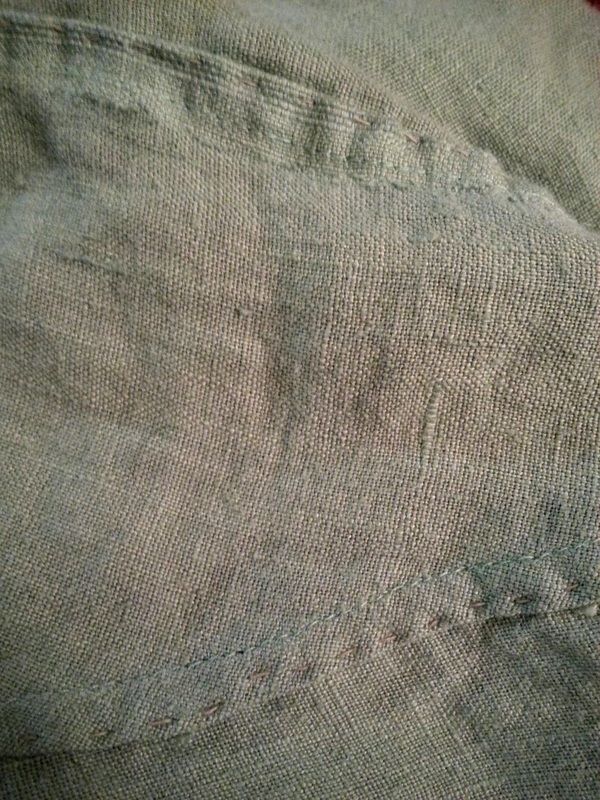
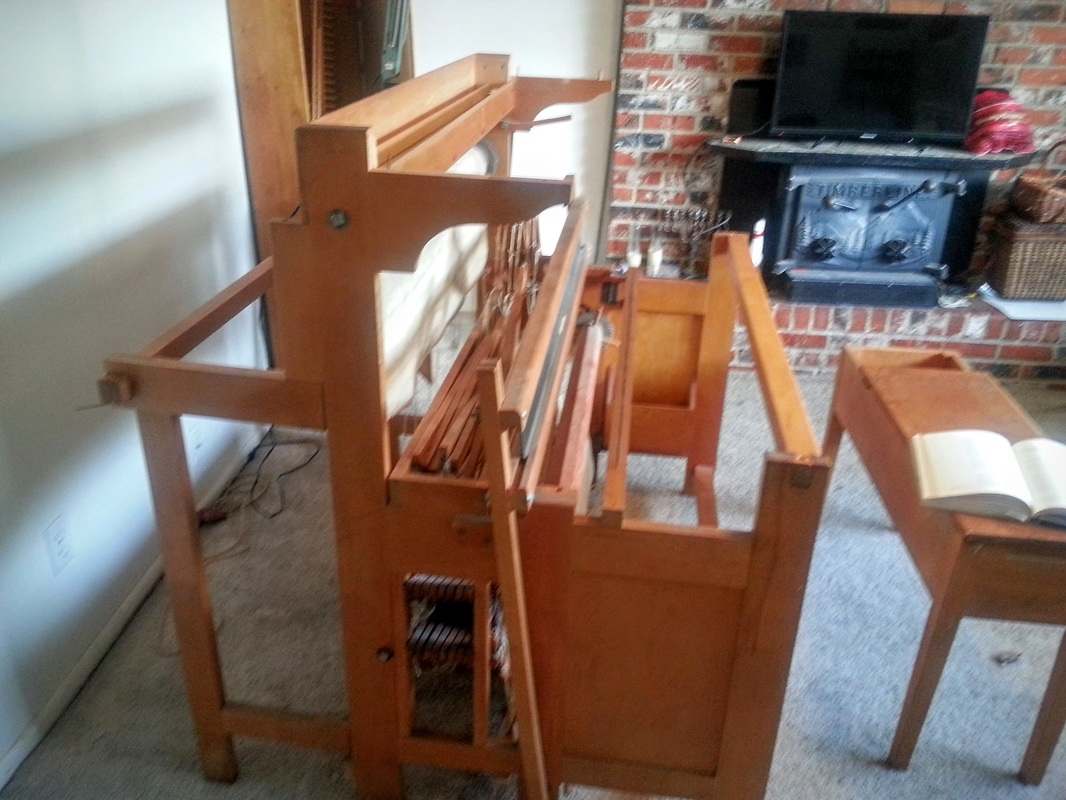

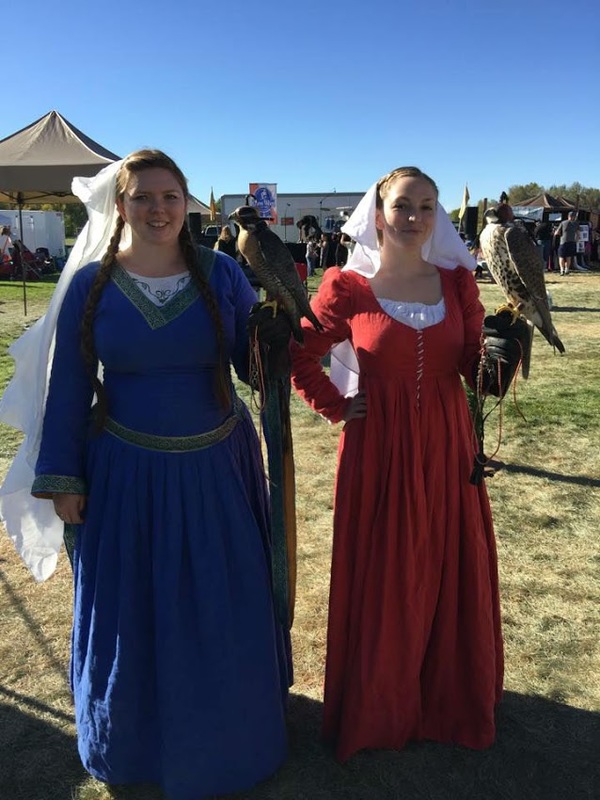
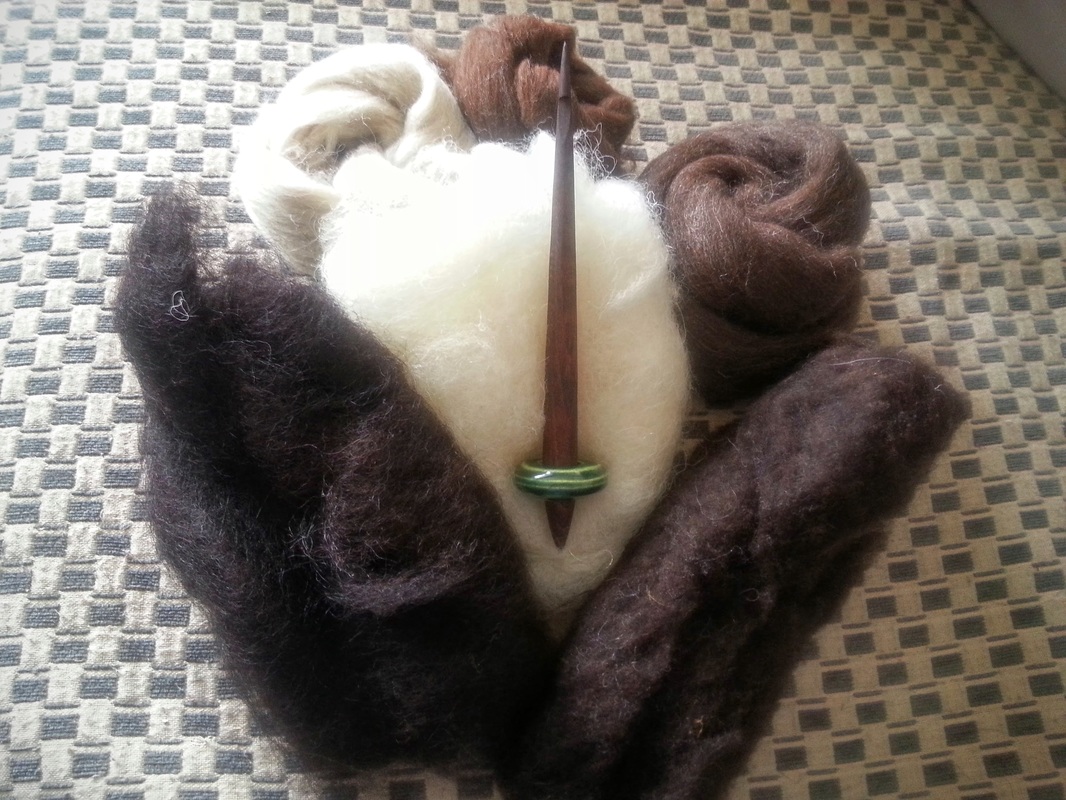
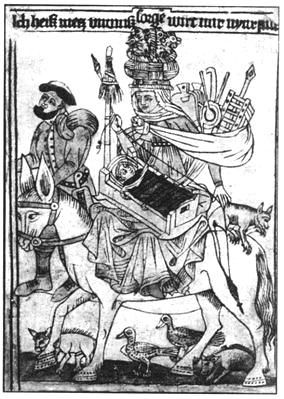
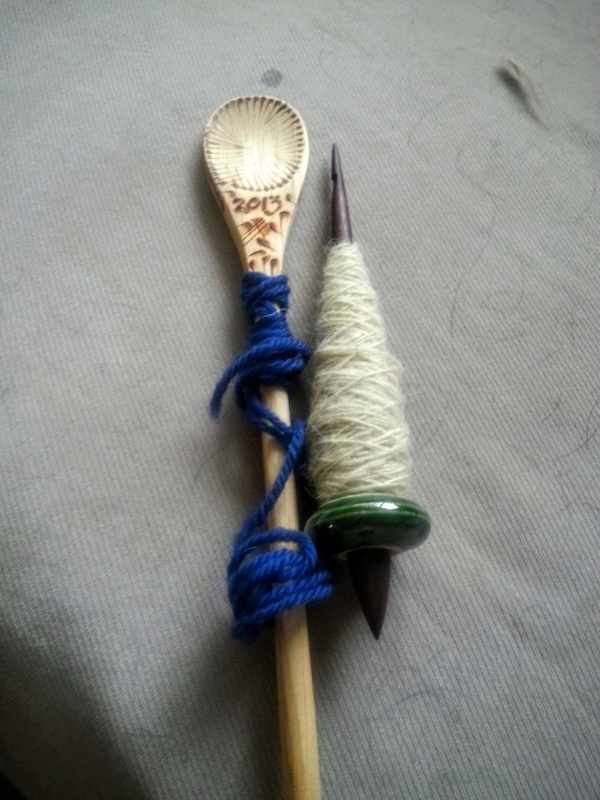
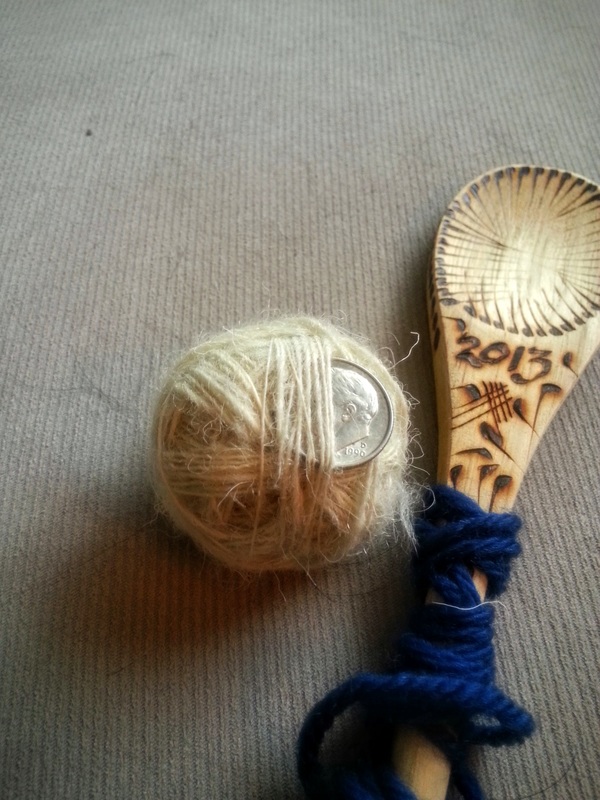
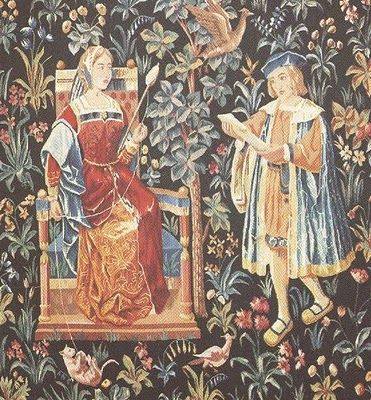
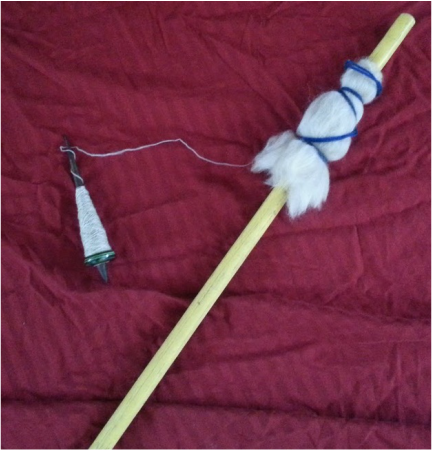
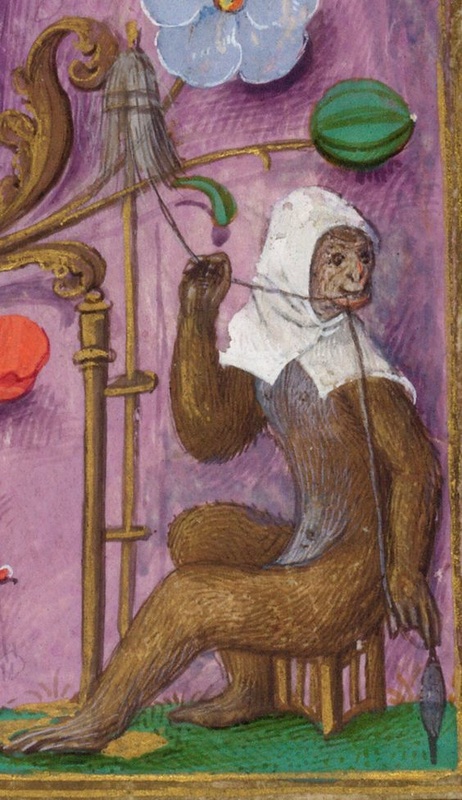
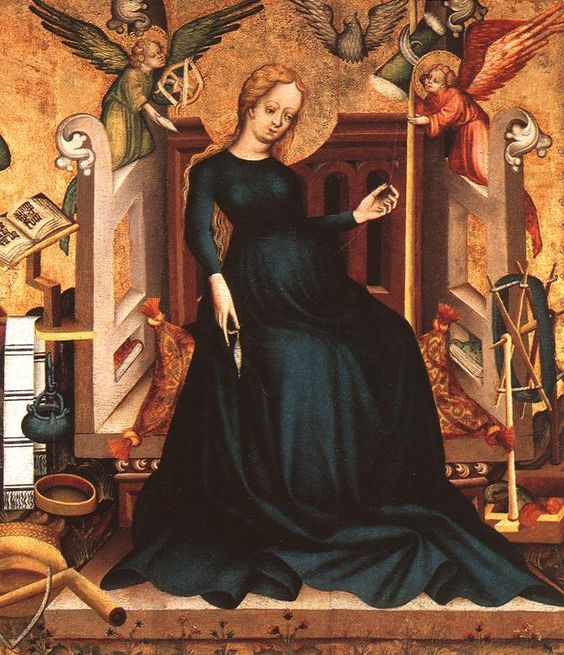
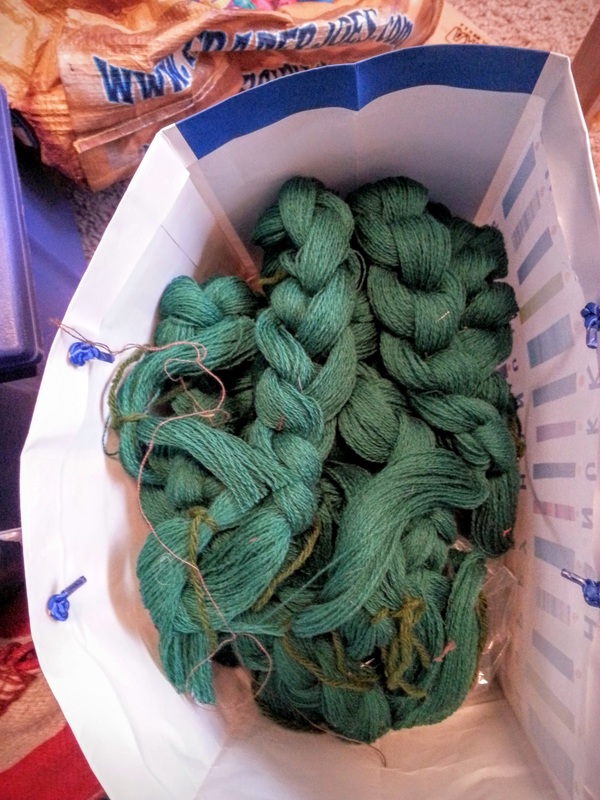
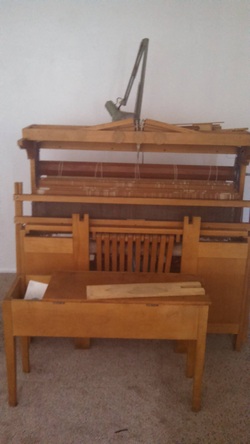

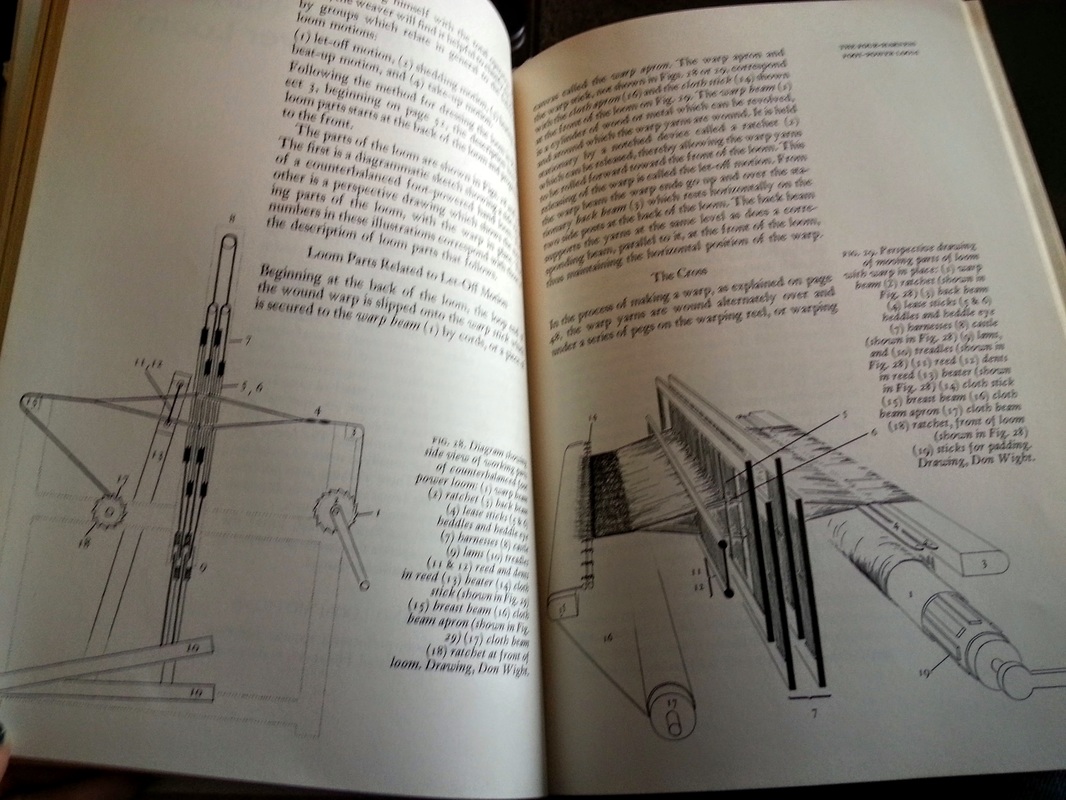
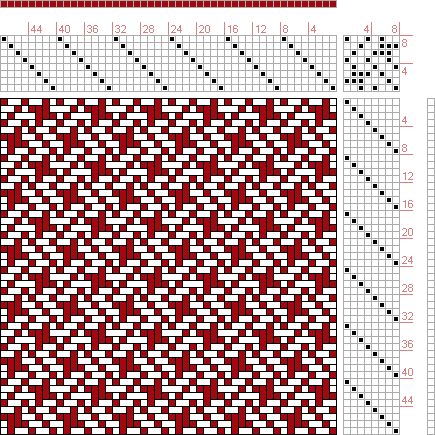
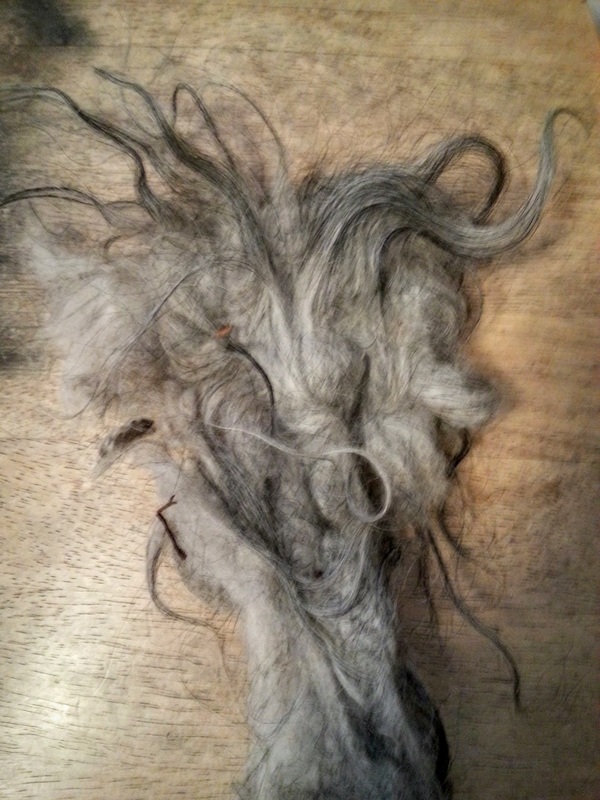
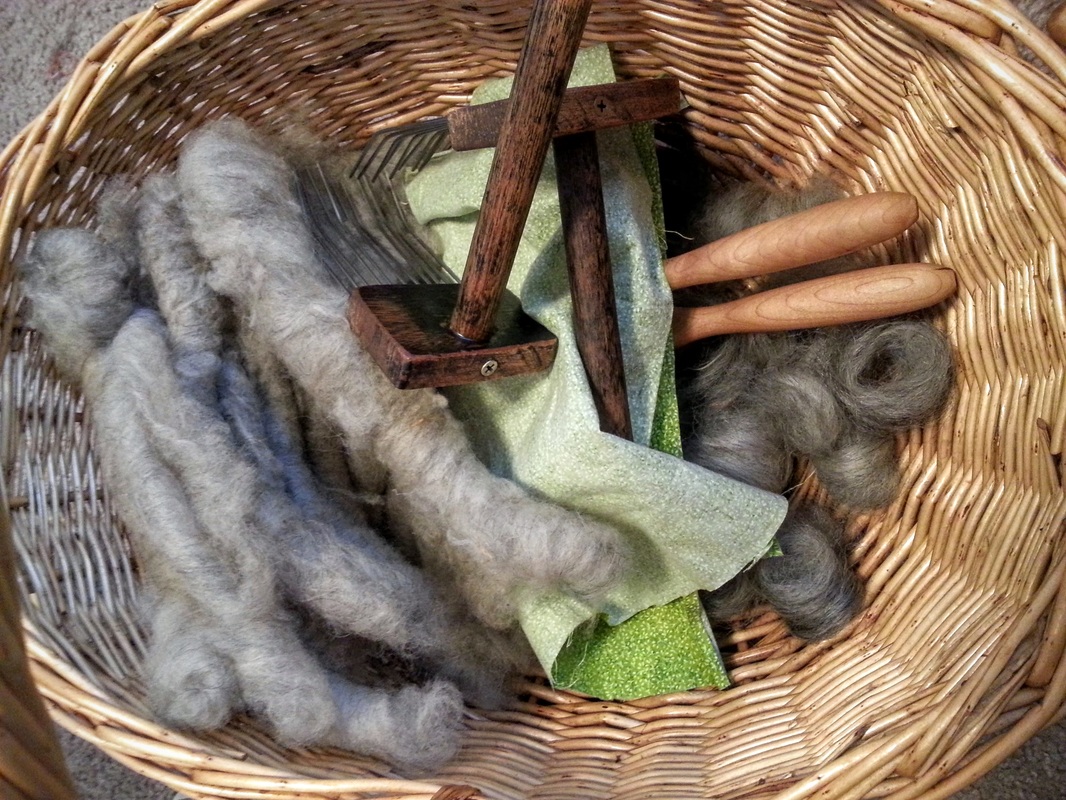
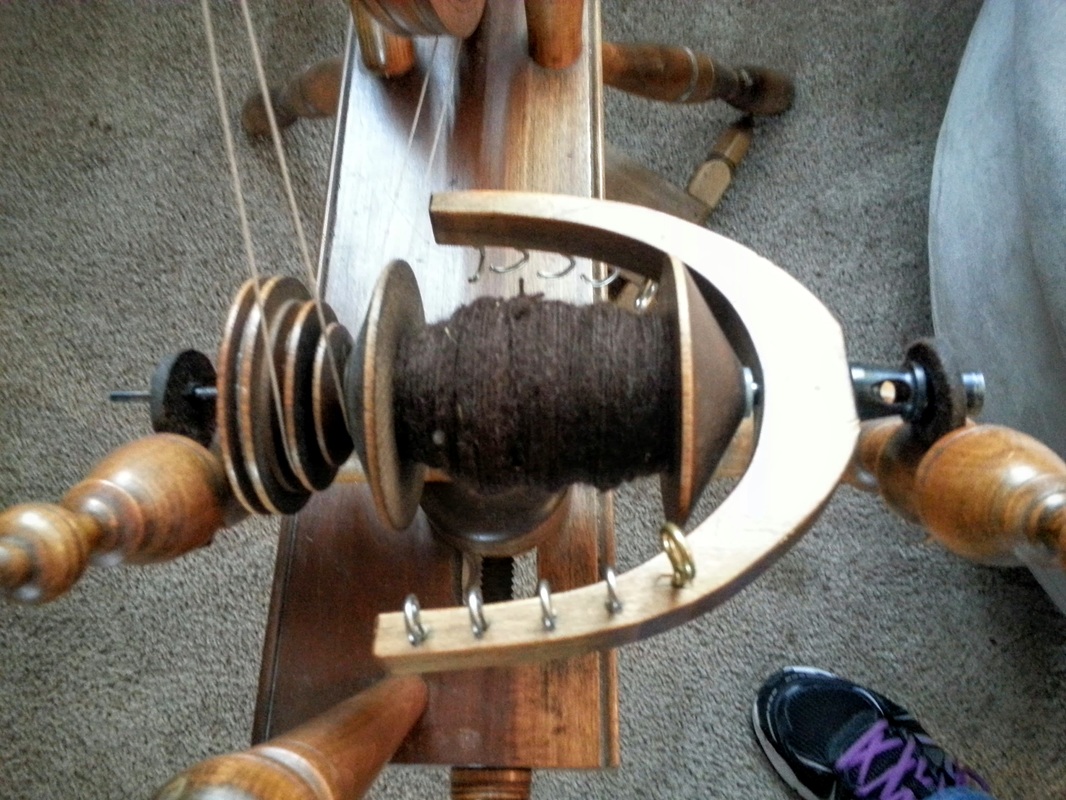


 RSS Feed
RSS Feed
